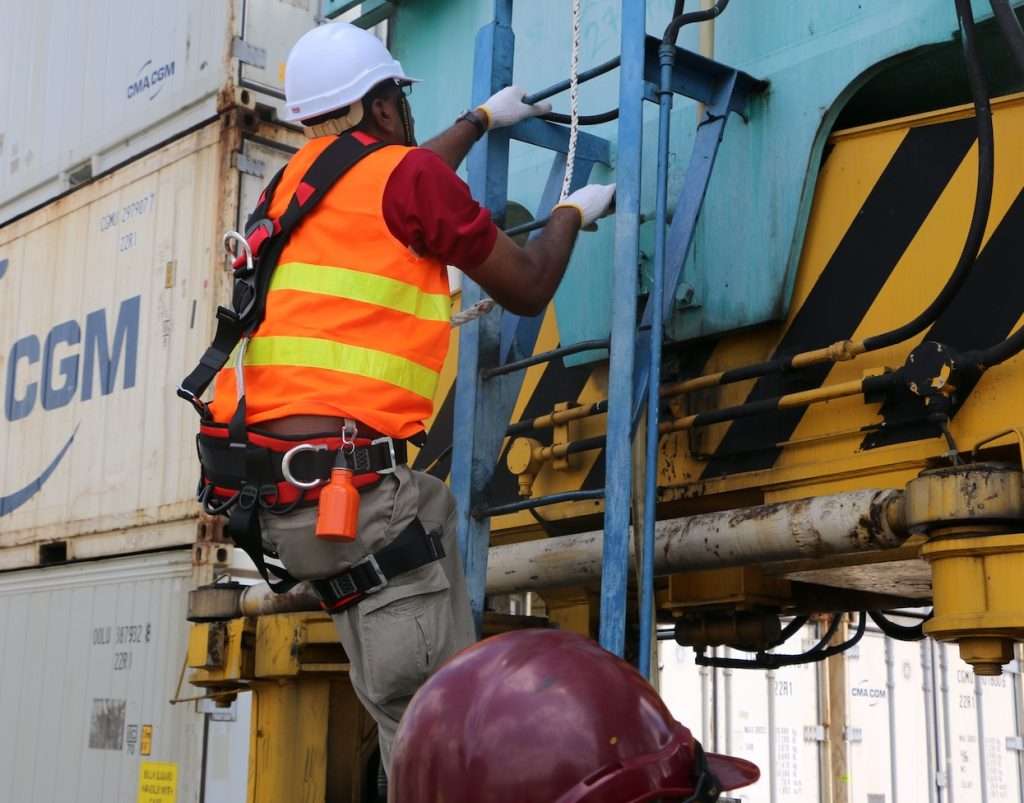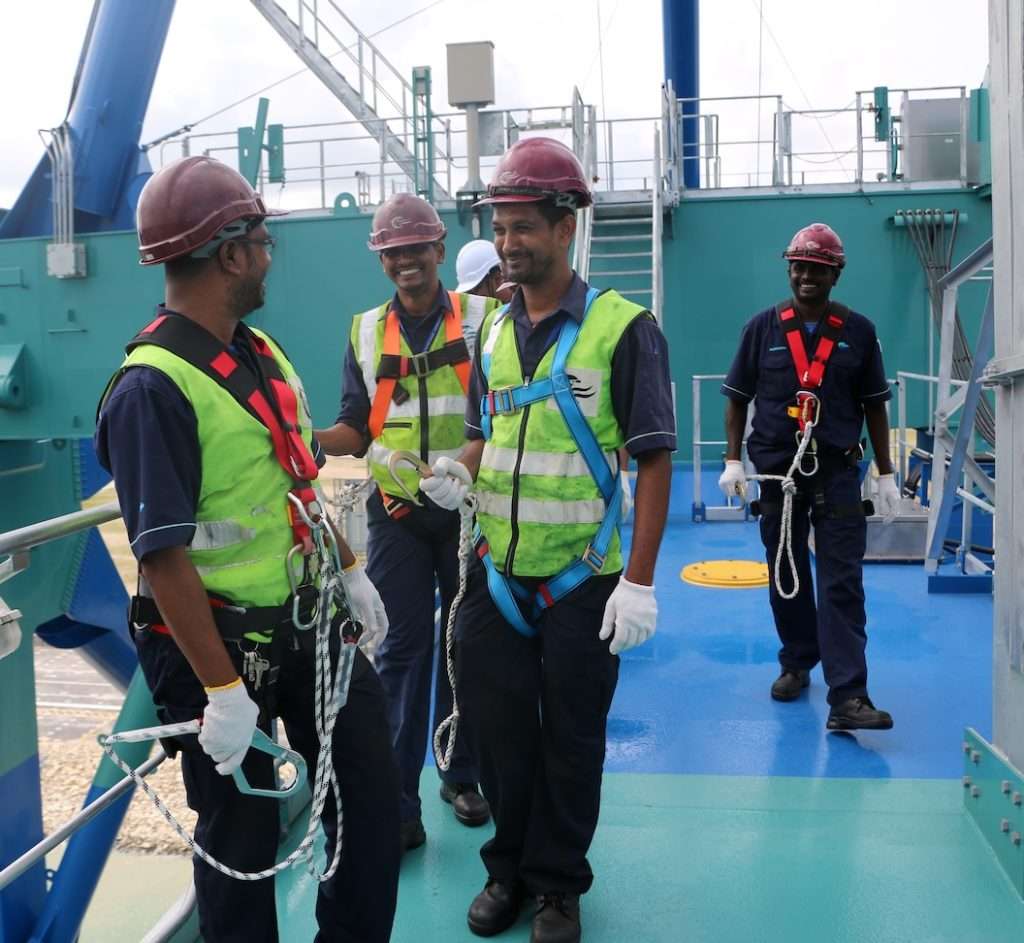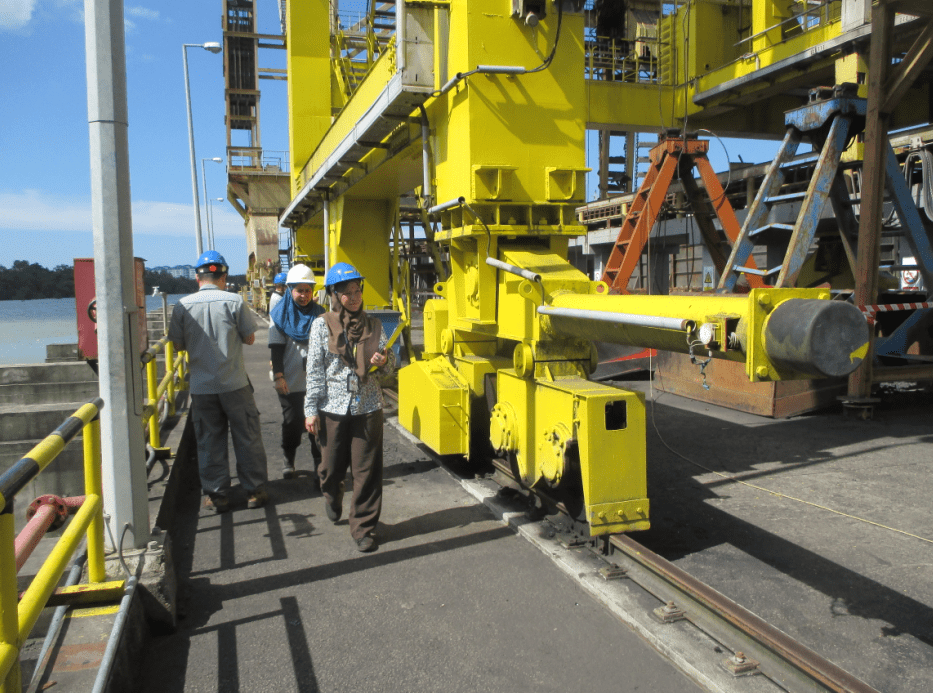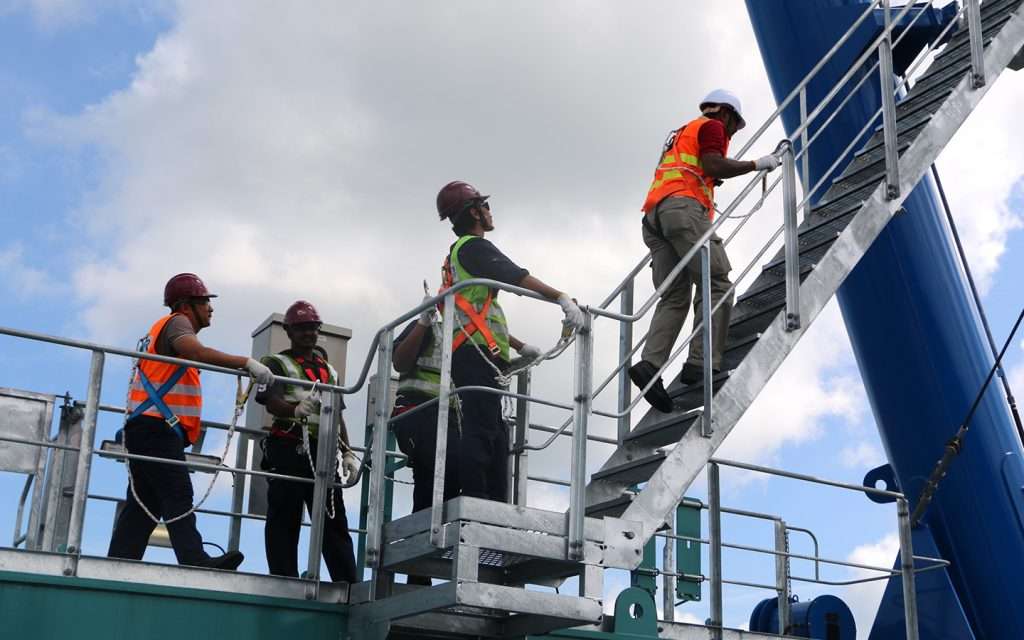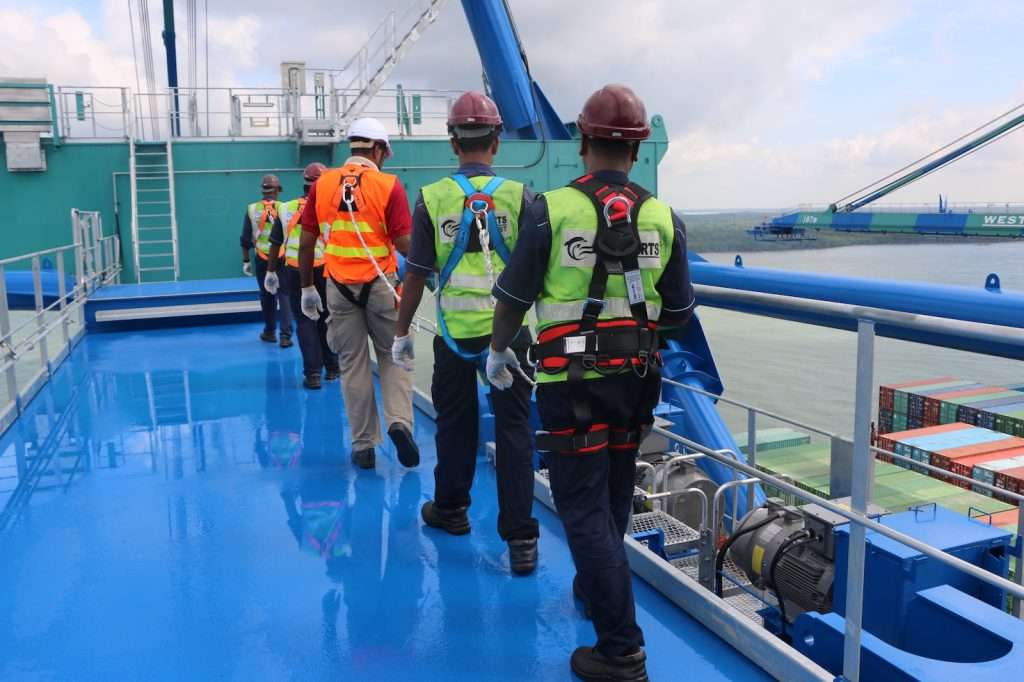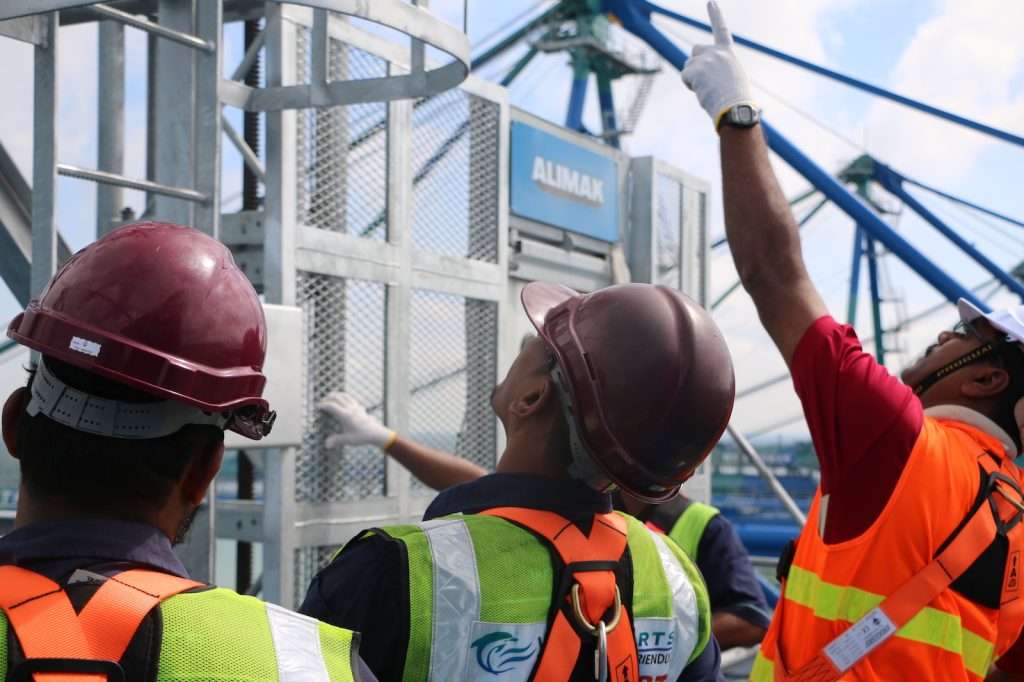Working Safely At Height Training
A essential for all those who are responsible for work at height and for the health and safety of others.
Working Safely At Height Training
DURATION: 2 Days
The training provide course participants’, with the requisite Working at Heights knowledge.Training will be implemented through a combination of appropriate theory and practical exercises providing knowledge and skills to work safely at heights, utilizing techniques, compliant to specific working environments. The first part of the course is to eliminate or isolate height hazards by using harnesses to minimise fall hazards.
The second part includes interactive group workshop facilitates adult learning of basic hazard management responsibilities and techniques, along with the technical requirements for scaffolds, elevating work platforms, ladders, guardrails, walkways, ramps and stairs. The course examines the different types of fall protection systems available including restraint technique, fall arrest, work positioning, roped access and anchors. The advantages and limitations of key special hazards are also explored. Course participants will then study inspection, training and record keeping requirements for lanyards and equipment used in fall protection systems. This is followed by a discussion and workshop on rescue planning for a fall arrest scenario.
Learning Outcome
Working Safely at Height training course is essential for all those who are responsible for work at height and for the health and safety of others. This course covers all aspects relating to working at height and is designed to provide delegates with a thorough understanding of working at height including legislation, safety requirements and working methods.
Course Contents
- Legislation including the Safety, Health and Welfare at Work
- OSHA 1994, FMA 1967 (BOWEC 1986)
- Organisation, Planning and Risk Assessment.
- Selection and Inspection of Work Equipment.
- Fall Prevention, protection & protection plan.
- To identify hazards associated with working at height.
- Requirements for Work Platforms
- Openings / Edge Protection.
- Roof Work / Fragile surfaces.
- Working in lift shafts Use of Scaffolding
- Requirements for use of ladders.
- Ladder Safety.
- Care & Storage of the Ladders.
- Sharing of ‘Best Practice’.
- Work At Height Rescue Plan
- Practical site training on use fall arrest
Training Methodology
- power point presentation.
- crane safety videos and a practical session.
- Participants may also be required to complete a written evaluation.
- A harness for each participant.
- Suitable classroom area.
- A sound structure permitting a number of works at height scenarios, including a platform and a variety of anchor points.
- A serviceable straight or extending ladder.
Objectives
To provide participants with the knowledge and practical skills to interpret the requirements of legislation and standards relevant to the prevention of falls in the workplace. On completion of the training, successful candidates should be able to:
- understand the principle legislation on working at height
- recognise the hazards when working at height
- recognise the hazards associated with ladders and stepladders
- consider the factors in organising and planning work at height
- consider how to design out ladder usage
- carryout a risk assessment for working at height
- select and use the correct low level access equipment
Who should attend?
Management & Non-Management Staffs
- Crane operators
- Supervisors
- Technicians
- Maintenance members
- Safety & Health Engineers & Managers
- Safety & Health Officers

SBL KHAS REGISTRATION NO: 10001115763


